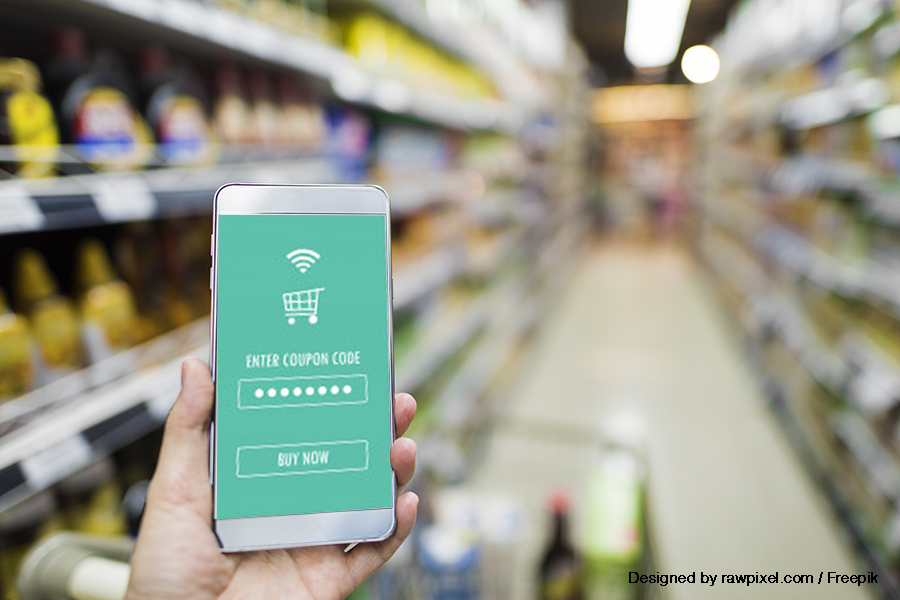
Browsing phone in supermarket
Words by Hozefa Saylawala – Middle East Sales Director, Zebra Technologies
By the time the Holy Month approached in 2020, much of life and work was already moving online due to restrictions imposed by the Covid-19 pandemic. This included shopping, which actually experienced a surge in online activity during Ramadan. Since then, retailers have accelerated their technology investments to meet the increasing expectations of connected customers, mitigate further supply chain disruptions, achieve greater warehousing efficiencies, and improve inventory management. They have also introduced new track and trace capabilities for deliveries.
For Middle East retailers, in particular, Ramadan brings opportunities and challenges. With such intense trading in a very short period – driven further by discounts and promotions – there is very little room for error. So, the question becomes: have retailers invested in technology wisely enough to manage the Ramadan surge in 2021?
Technology can help
According to Zebra’s 13th annual Global Shopper Study, more than 83% of EMEA retail decision-makers say the pandemic accelerated their implementation plans for mobile devices and solutions. This is the highest score of any region. Given that approximately 76% of shoppers prefer to shop at online retailers that also have brick-and-mortar locations, retailers can now leverage an omnichannel approach to optimize sales – assuming they have the right technology in place to improve the customer experience both in store and online.
For example, those who offer multiple payment options, including the ubiquitous smartphone alongside in-store self-scanning solutions, can make it easier for customers to shop on their terms.
And giving supply chain staff and front-line store associates mobile technology devices will help them better manage an increase in footfall traffic and online orders expected at this time of year. The ‘always connected’ consumer has higher expectations than ever. They want modern online and mobile shopping options, fast, flexible delivery, and a frictionless experience, regardless of where and what they ultimately buy.
Unsurprisingly, Zebra’s study found that shoppers’ in-store and online satisfaction significantly declined in 2020 due to out-of-stocks, product variety, online delivery costs, timing and returns.
In other words, retailers’ success hinges on elevating the shopper experience through technology investment in prescriptive analytics solutions, mobile devices and contactless checkouts. Here are a few ways to help provide a more frictionless and satisfying omnichannel experience: